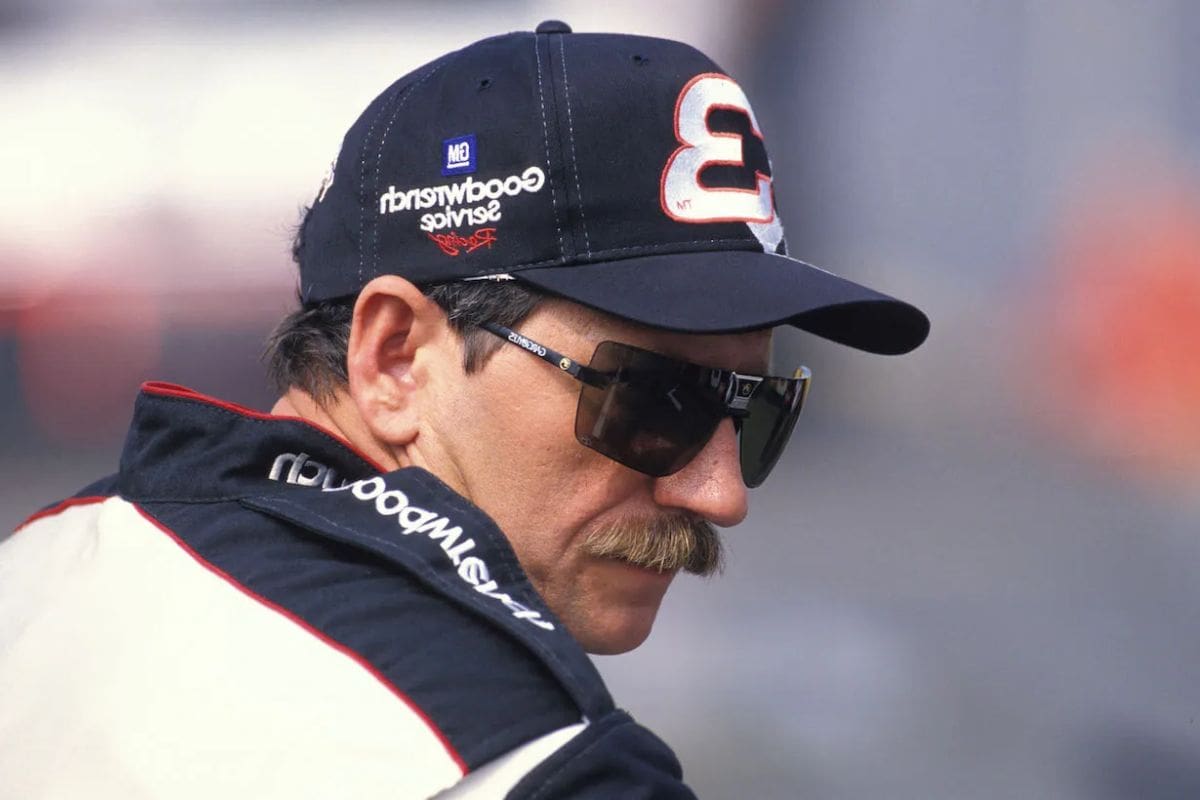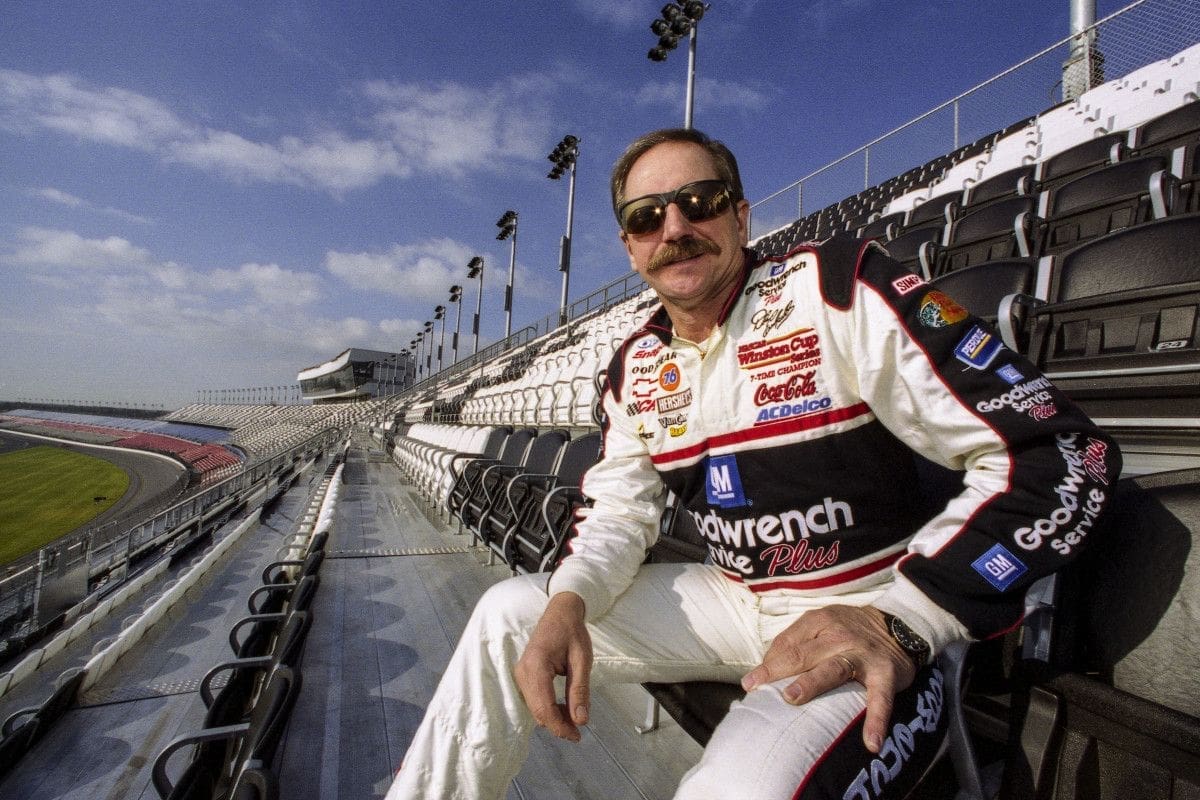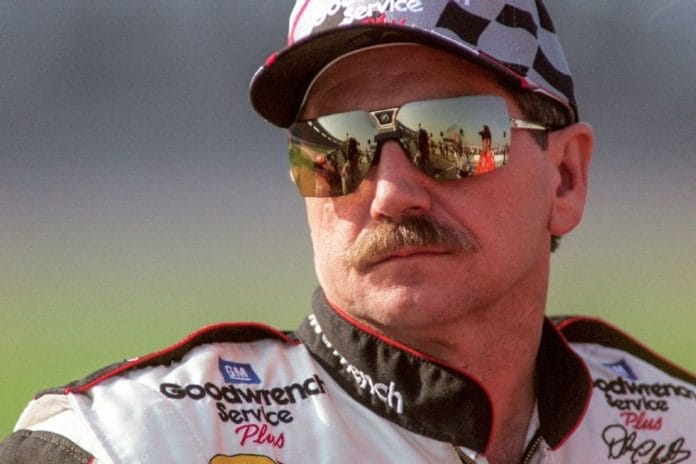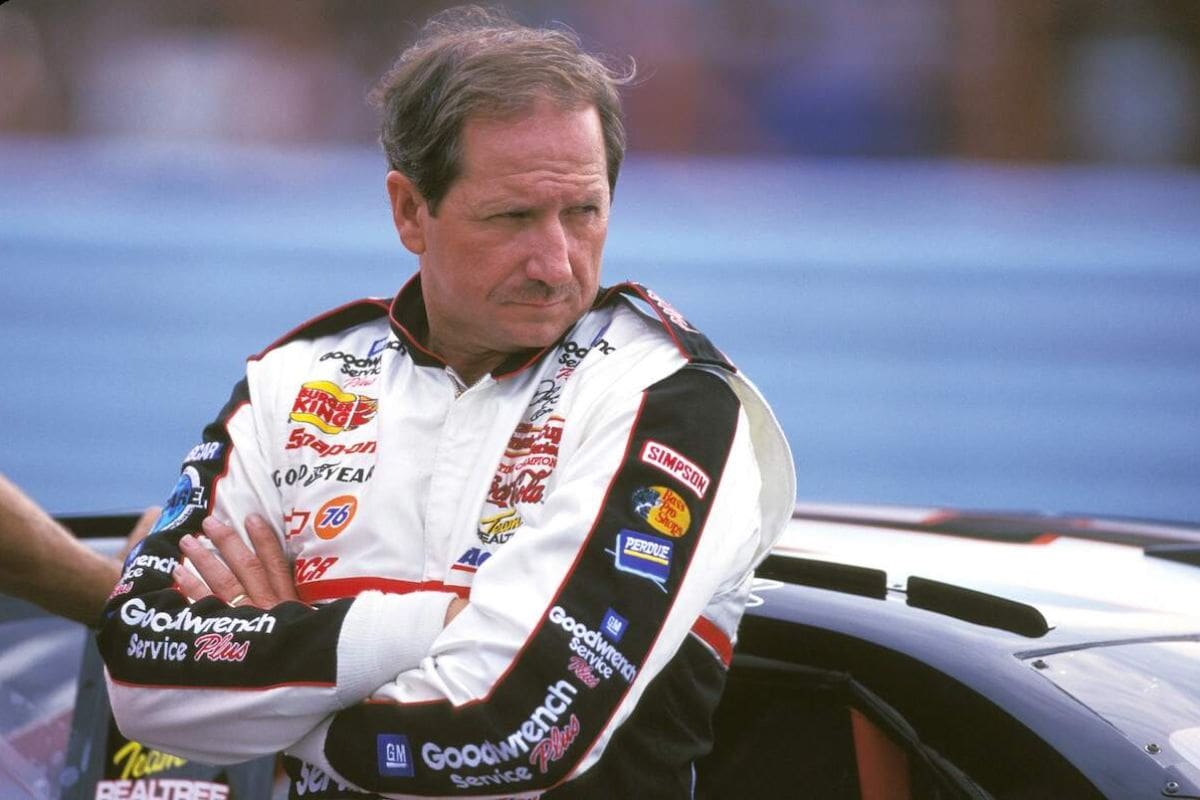Dale Earnhardt’s Struggles in NASCAR: Dale Earnhardt‘s outburst during his brief partnership with Stacey Racing ignited speculation surrounding the future of team owner Stacey in NASCAR. The incident revealed deep-rooted tensions regarding operational philosophies and raised critical questions about Stacey’s tactical vision and ability to foster a competitive team. As the dust settled, the implications of the fallout extended far beyond a single driver-owner relationship, potentially reshaping the dynamics of team management in NASCAR.
Key Highlights
- Dale Earnhardt’s outburst highlighted significant frustrations with Stacey Racing’s operational limitations and resource inadequacies.
- Tensions between Earnhardt’s ambitions and the team’s conservative strategies raised concerns about the future stability of the organization.
- The lack of communication and unresolved issues contributed to a fragile environment, prompting questions about team management’s effectiveness.
- Financial instability, marked by delayed paychecks and personnel departures, threatened the team’s viability in NASCAR.
Dale Earnhardt’s Brief Stint with Stacey Racing
Though fleeting, Dale Earnhardt’s turbulent tenure with Stacey Racing serves as a revealing chapter in his career that highlights the complexities of team dynamics and the vital importance of shared vision in the pursuit of success.
In significant contrast to his later achievements with Richard Childress Racing, Earnhardt’s brief engagement with Stacey Racing showed the friction that can arise when team members lack alignment in their objectives and strategies.
This period, although short-lived—spanning merely four weeks—was punctuated by a clash of philosophies that ultimately proved untenable. Earnhardt, known for his assertive driving style and steadfast competitiveness, found himself at odds with the team’s operational approach, which did not resonate with his established methods.
The discord was not merely a matter of differing opinions; it was a fundamental misalignment in the vision necessary to achieve success in NASCAR. The separation was not just a tactical decision but rather a reflection of the deeper complexities inherent in motorsports. Both Earnhardt and the Stacey Racing team operated on different frequencies, which hindered their ability to collaborate effectively.

Reasons for Dale Earnhardt’s Departure from Stacey Racing
The decision for Earnhardt to part ways with Stacey Racing stemmed from a profound disconnect between his expectations as a driver and the team’s operational capabilities, ultimately hindering his pursuit of excellence on the track. As a seasoned competitor, Earnhardt sought not only performance but also a collaborative environment that fostered innovation and responsiveness to the demands of racing at the highest level.
- Inadequate Resource Allocation: The team struggled with limited financial and operational resources, which severely impacted car performance.
- Lack of Communication: Earnhardt often felt that his feedback was overlooked, creating a rift between him and the team’s management.
- Subpar Team Dynamics: The chemistry among team members was lacking, leading to inefficiencies in pit stops and race planning.
These factors collectively contributed to a challenging atmosphere that stifled Earnhardt’s potential. His renowned passion for racing drove him to seek an environment that aligned with his high standards and relentless drive for success.
Specific Issues Leading to the Breakup
Frustrations stemming from inadequate support and resources, coupled with a lack of communication and team cohesion, ultimately resulted in particular issues that signaled the impending breakup between Earnhardt and Stacy Racing.
The most glaring concern was the disparity in resources allocated to Earnhardt compared to his teammate Joe Ruttman, who benefited from a considerably better engine supply. While Ruttman had three engines at his disposal, Earnhardt was left with an unreliable, outdated engine that ultimately failed during critical practice time. This disparity not only hindered Earnhardt’s performance but also eroded his confidence in Stacy’s leadership.
Moreover, Earnhardt’s financial frustrations were noticeable; he had yet to see a paycheck from his new boss, a troubling sign that spoke to the team’s general instability. The chaos within the organization was further emphasized by the departure of key personnel, including a truck driver and a secretary, which only increased the sense of disarray. Such turnover indicated deeper issues within the team’s structure, reducing morale and cohesion.
Earnhardt’s insightful observation that ‘something is going to happen soon’ represented the tension building within the team. His acknowledgment of the sponsor’s wavering support, seemingly reliant on his continued presence, highlighted the fragile nature of their partnership.
July 31, 1981- "Something is going to happen soon. I haven't received a check yet from Stacy." -Dale Earnhardt
If you're interested in Dale's side of his split from J.D. Stacy, here you go.
Also, ARCA 200 qualifying, and Neil Bonnett staying with the Wood Brothers for 1982. pic.twitter.com/q5QHYM1k5Z— Jay Coker (@jcoker1) July 31, 2024
Dale Earnhardt’s Legacy in NASCAR
Earnhardt’s indelible mark on NASCAR is characterized not only by his remarkable achievements on the track but also by the profound impact he had on the sport’s culture and fan engagement. His legacy transcends mere statistics, as he shaped the very essence of what it means to be a NASCAR driver.
- Seven-time NASCAR Champion: Tied with Richard Petty, his championships symbolize unmatched excellence.
- 76 Career Wins: A reflection of his relentless pursuit of victory that inspired generations.
- Fearless Driving Style: Earnhardt’s aggressive tactics not only thrilled fans but also set a new standard for competition.
Earnhardt’s influence is evident in the way subsequent generations of drivers approach racing. His tenacity and willingness to push boundaries have laid the groundwork for a more competitive environment. Furthermore, his authentic connection with fans redefined how drivers engage with their supporters, fostering a sense of community that extends beyond the racetrack.
Through his on-track rivalries and charismatic presence, Earnhardt not only raised his status but also that of NASCAR as a whole. His ability to connect with fans on a personal level forged a bond that remains strong today, ensuring that his legacy endures in the hearts of racing enthusiasts.

Impact and Legacy
Beyond the racetrack, Dale Earnhardt‘s impact resonates through the evolution of NASCAR, shaping not only the sport’s competitive landscape but also its cultural importance among fans and communities.
His relentless pursuit of victory culminated in the 1998 Daytona 500, a success that symbolized not just personal achievement but the resolve inherent in the racing culture. This win, following 20 years of effort, transformed Earnhardt into a legendary figure in NASCAR history, embodying the spirit of resilience that resonates with fans.
Earnhardt’s influence extended beyond the confines of the track. His iconic black No. 3 car remains one of the most recognizable symbols in motorsports, representing competitive excellence and an emotional connection among fans. The fervor surrounding his legacy intensified following his tragic passing in 2001 during the Daytona 500, which served as a reminder of the risks associated with the sport.
His son, Dale Earnhardt Jr., has since carried that torch, continuing to engage fans and honor his father’s memory, thereby ensuring that the Earnhardt legacy remains a cornerstone of NASCAR culture. Furthermore, Earnhardt’s role in popularizing NASCAR cannot be understated. He attracted a diverse audience to the sport, encouraging a wave of fans who now view it as a notable aspect of American culture.
News in Brief: Dale Earnhardt’s Struggles in NASCAR
Dale Earnhardt’s turbulent experience with Stacey Racing reflects broader challenges within NASCAR, particularly the difficulties in aligning team management with driver expectations. The discord raises questions about Stacey’s future viability as a team owner and highlights the intricate dynamics that govern successful racing partnerships.
Ultimately, this incident serves as a cautionary tale, emphasizing the importance of cohesive vision and strategy in fostering a competitive environment within professional motorsports.
ALSO READ: Dale Earnhardt Sr. and Rusty Wallace Feud: Dale Jr. Goes Down Memory Lane



